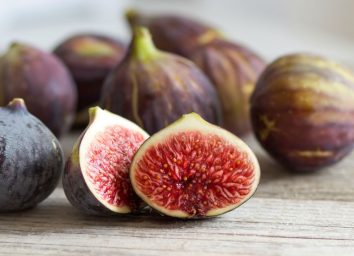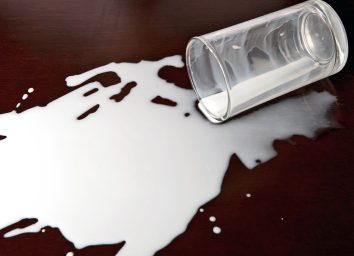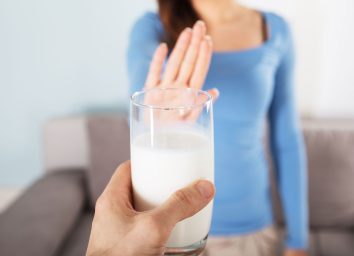The One Food To Give Up for Better Skin, Say Experts
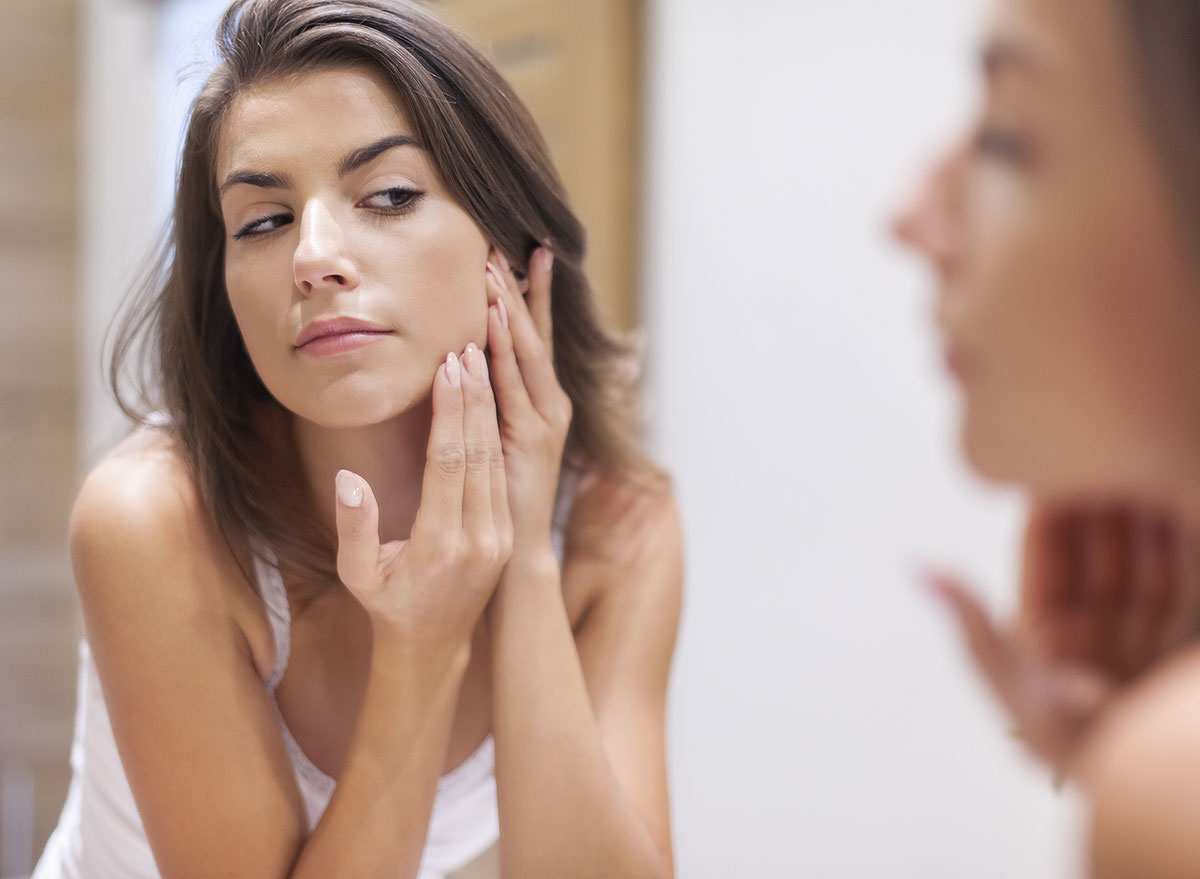
Skin problems can crop up for a lot of reasons—stress, going to sleep with a full-face of makeup, and hormonal imbalances (to name a few). But a major contributor to issues such as acne—an inflammatory reaction—is the food you eat. One of the biggest culprits, as you may have guessed after a chocolate binge, is sugar. A less obvious skin saboteur? Dairy.
"Studies show that dairy can raise insulin levels, which increases the production of the hormones that produce sebum (an oily secretion), which may influence acne," says Isabel Smith, MS, RD, CDN, founder of Isabel Smith Nutrition. "I don't see this in all of my clients, but many find that more dairy consumption increases breakouts."
According to research, 85% of western adolescents will experience acne, and curbing milk consumption may be one of the solutions. That goes for adults too. "If you find you're having trouble figuring out whether dairy or sugar (or something else) is a problem, try cutting back or cutting it all the way out and see if it improves," says Smith. "It's the easiest and cheapest way to test."
RELATED: What Happens to Your Body When You Drink Milk
New York-based dermatologist Whitney Bowe, M.D., is convinced of the negative impact dairy has on skin and has written about the powerful (negative) effect acne has on lives and the need to educate patients about the connection between their diet and their skin health.
Even if your skin isn't flaring, there is evidence that dairy can cause systemic inflammation and contribute to all kinds of health issues including headaches, lower immunity, digestive distress, memory problems, insulin resistance, nasal congestion, mood swings, and more!

If you cut dairy, look for these nutrients.
Part of the reason it's been drilled into our heads since we were kids that milk does a body good is because it does contain some important nutrients, such as B-vitamins, vitamin K, protein, and most famously, calcium.
That said, much of the positive, easily-searched information on dairy comes from various dairy counsels, which are clearly biased sources. The truth is, you can get most of the nutrients found in dairy from other sources. For example, while calcium is essential for preventing osteoporosis, you can get calcium in leafy greens and other foods. (Here is a list of 20 calcium-rich foods that aren't dairy.)
If, after hearing this, you still refuse to give up cow's milk, at least choose milk from grass-fed cows, which studies have shown to be nutritionally superior.
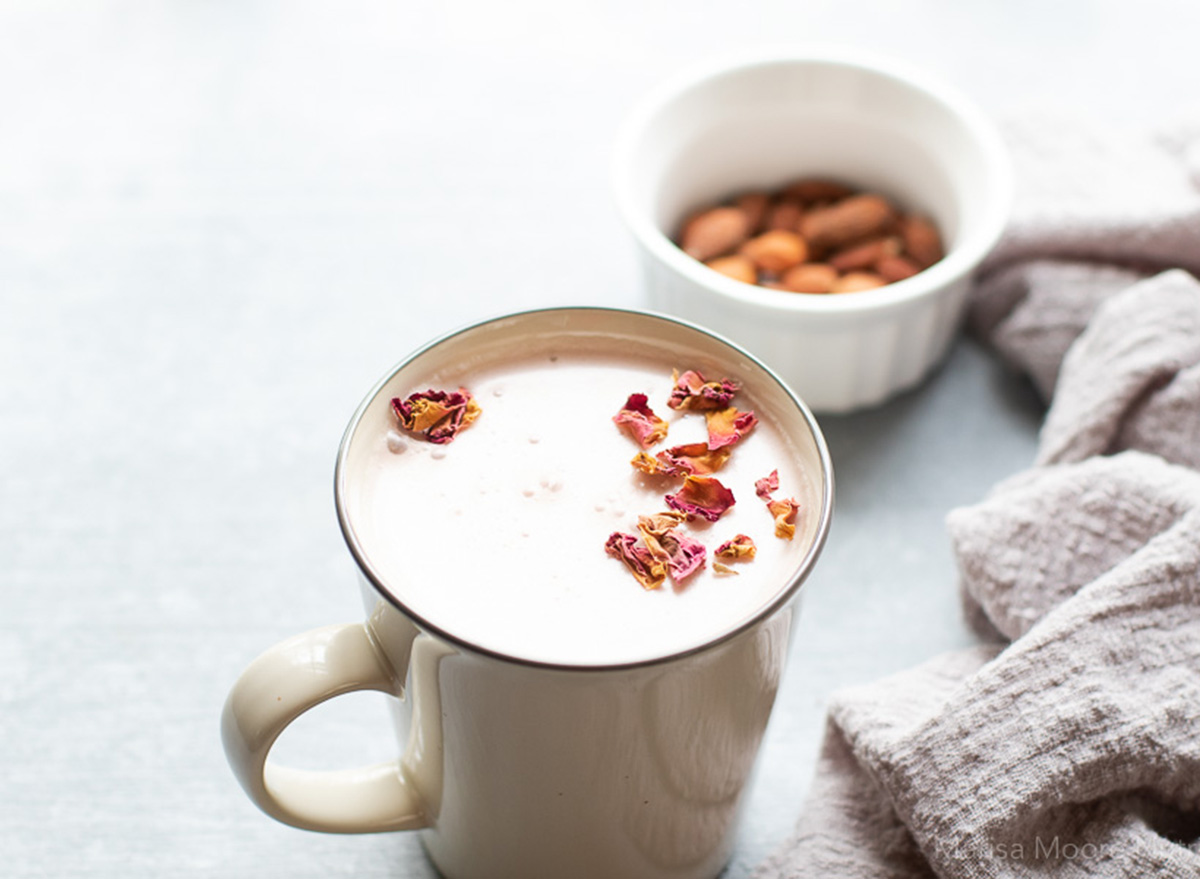
Try these non-dairy replacements.
Should it turn out you need to ditch dairy to have a clear complexion, don't fret. There are now an incredible number of alternative non-dairy milks, yogurts, ice creams, and cheeses that can provide a dairy-like fix.
No doubt you know about almond and oat milk, but there are dozens of options when it comes to alternate-dairy products, such as chia milk and hemp milk. A newcomer you may not have heard of: banana milk!
Word of warning: though some alternative dairy sources contain fewer calories (except coconut milk), lots of plant-based milks have added sugar. You'll want to avoid that since you'd just be replacing one skin enemy with another.
Looking for a cheat sheet? Read this: Milk Alternatives 101: Your Guide To Every Dairy-Free Milk Substitute
For more info-packed reads on skin health, read these next:
